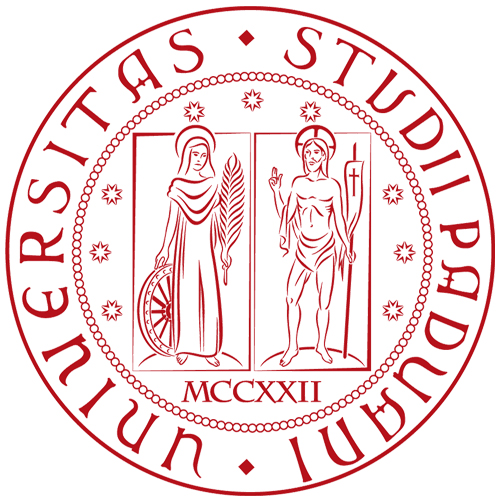
PHRC006 : Dedication to Ptolemy II and Arsinoe Philadelphos in Thera - Cyclades (270-246 BC) Dedication
Permanent ID http://s.phrc.it/phrc006
Images:
Photo 1: squeeze of the stone, from IG XII 3 1387
Photo 2: plan of the "House of Pothitos", with indication of findspot of the altar; from Hiller von Gaertringen 1904, p. 140
Photo 3: location of the House of Pothitos (from GoogleMaps)






